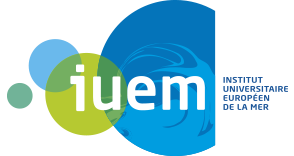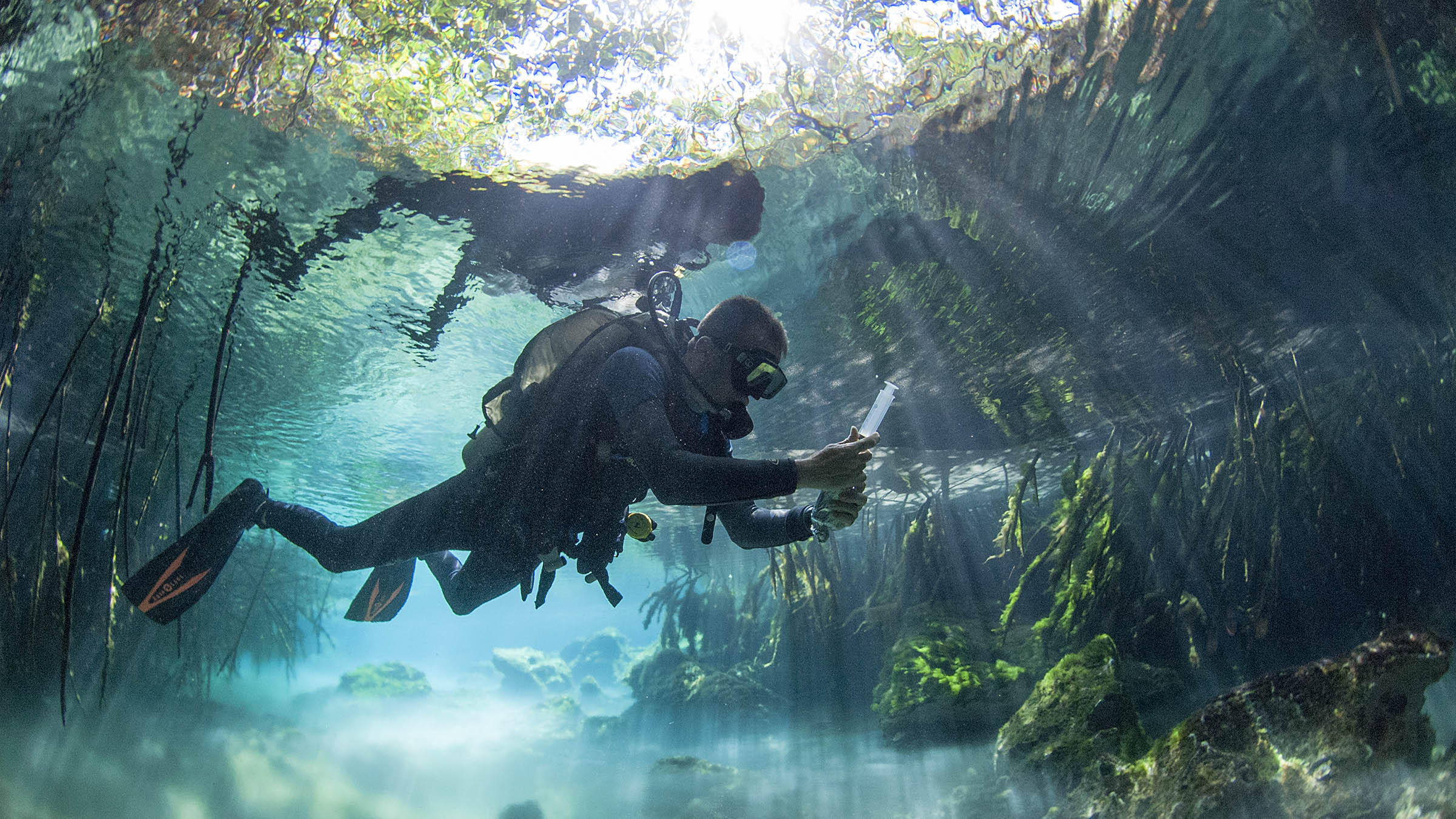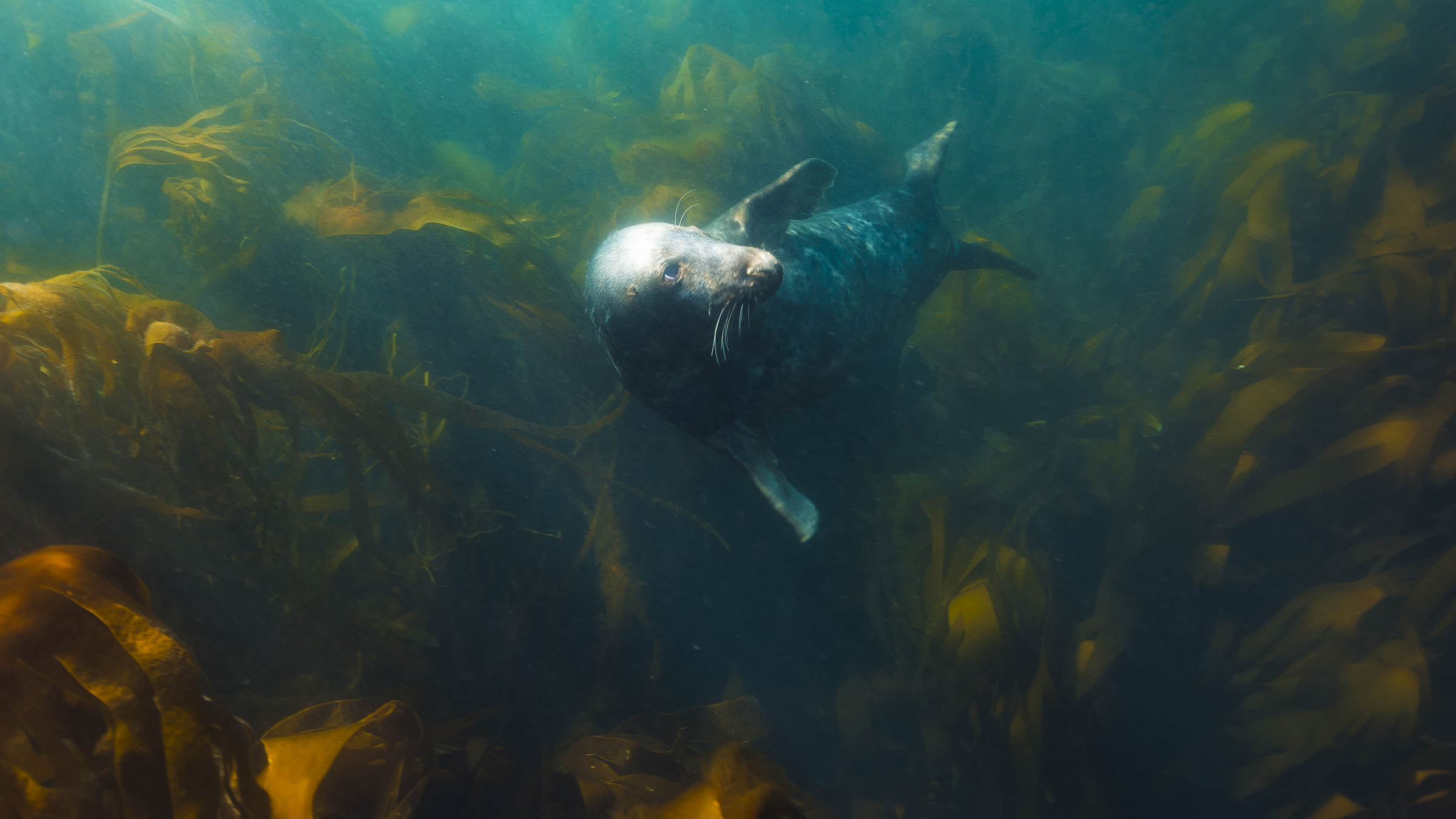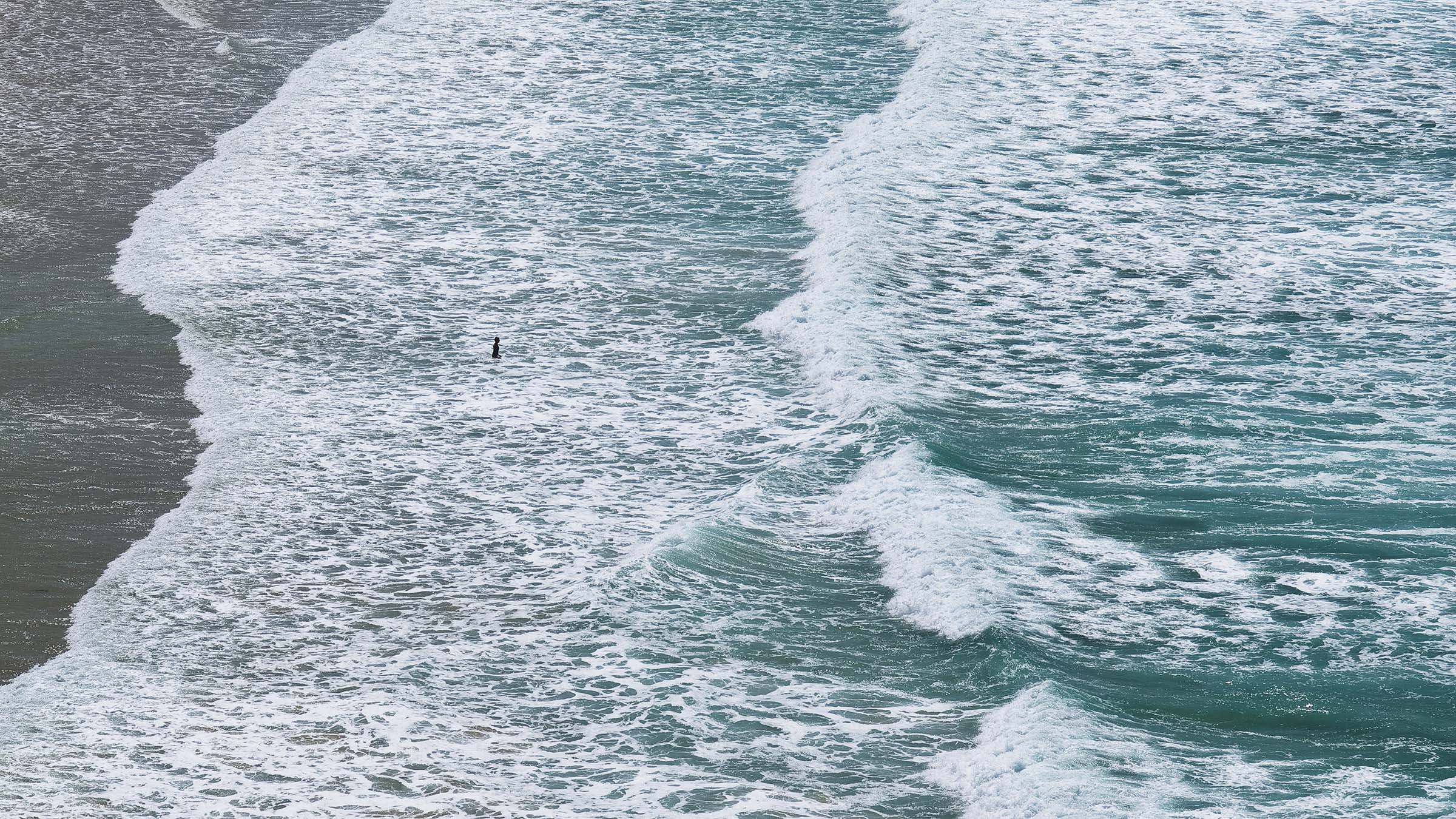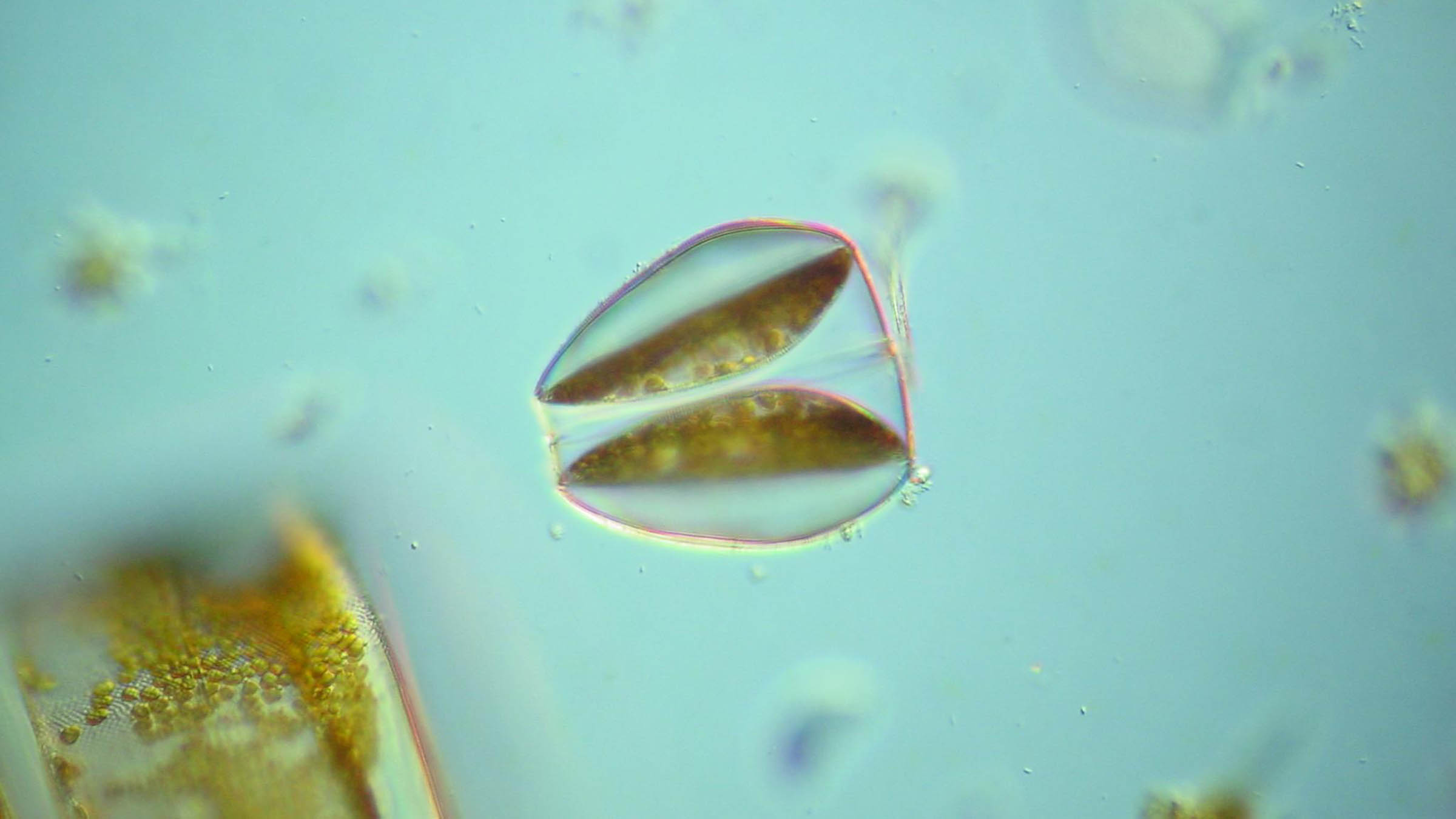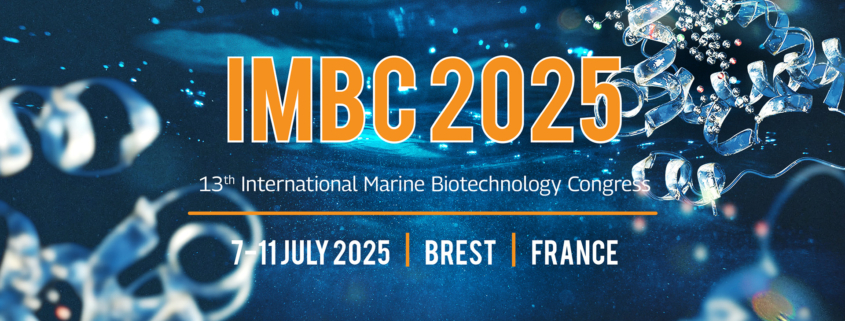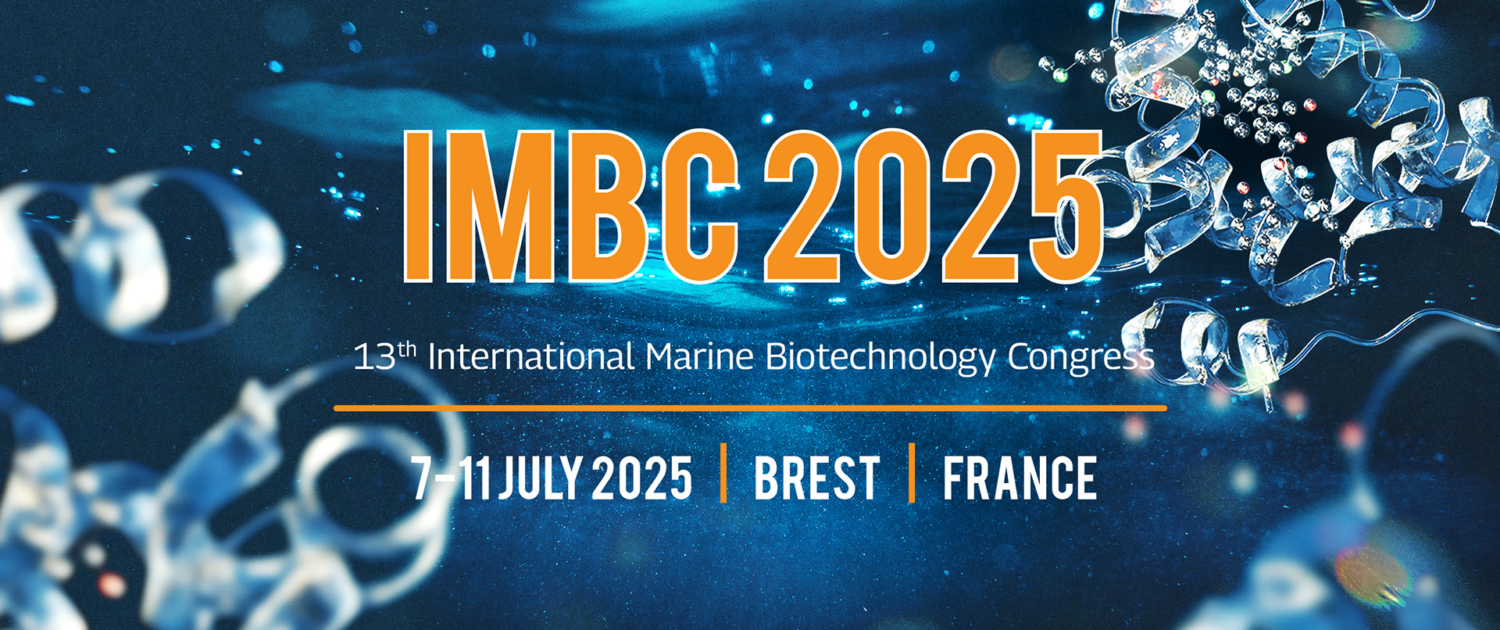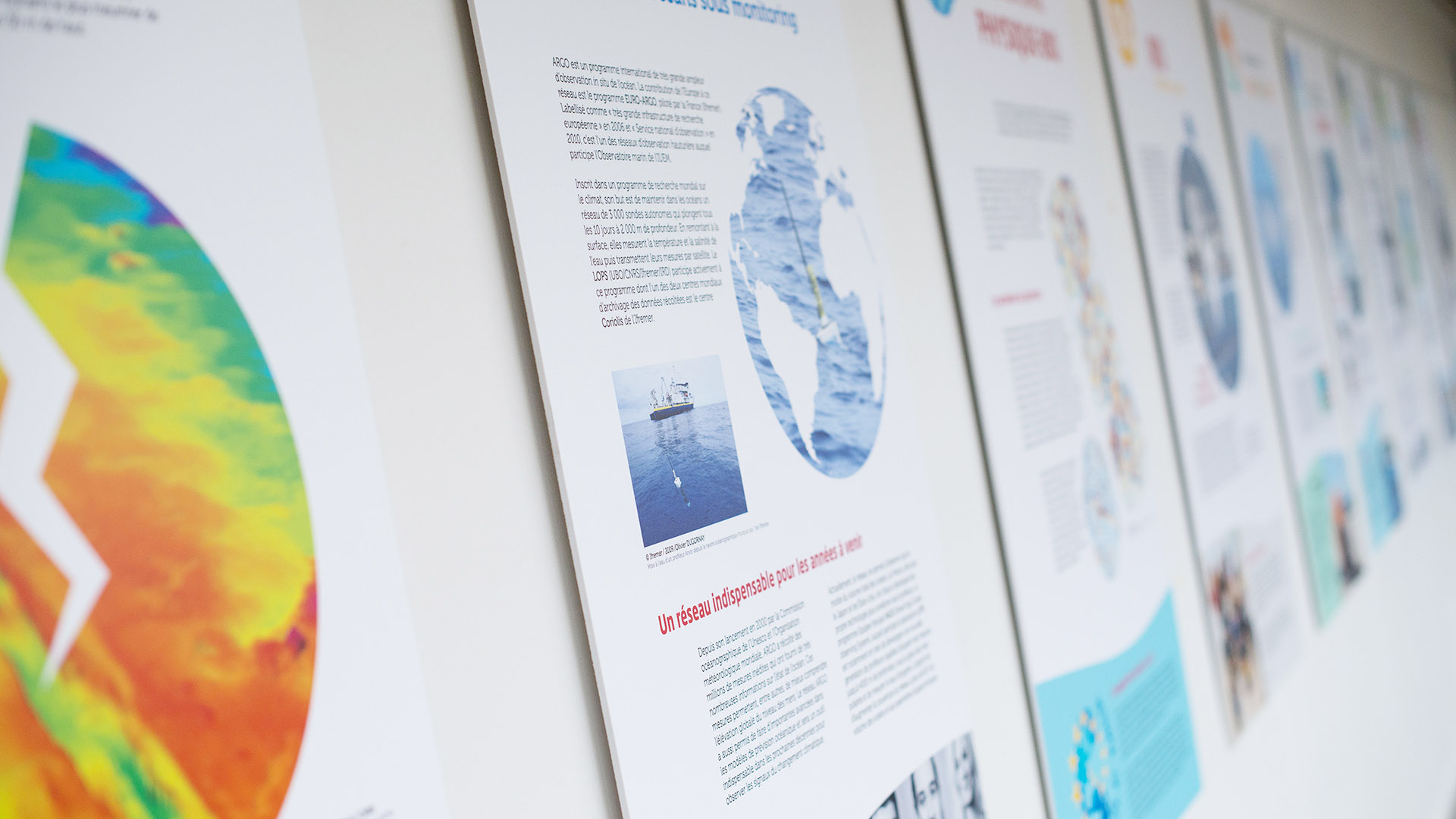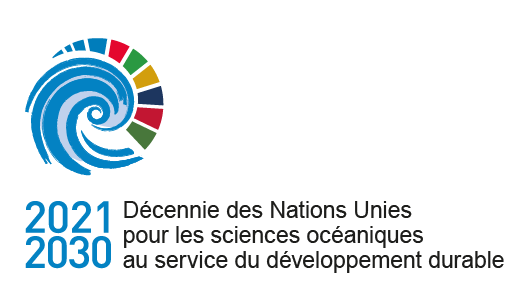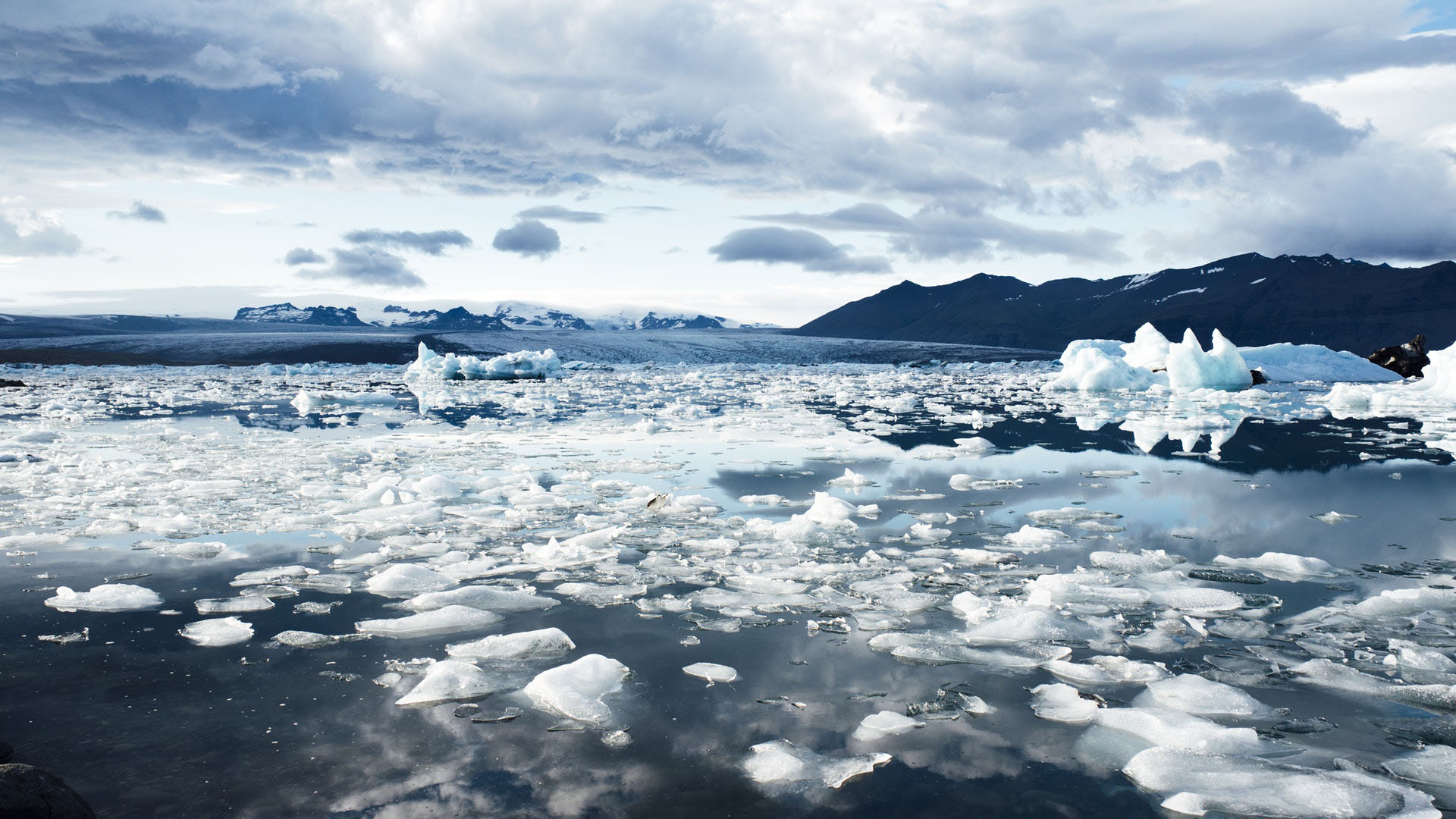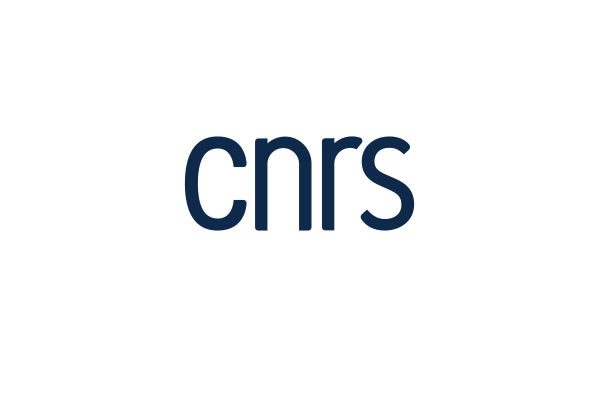Actualités
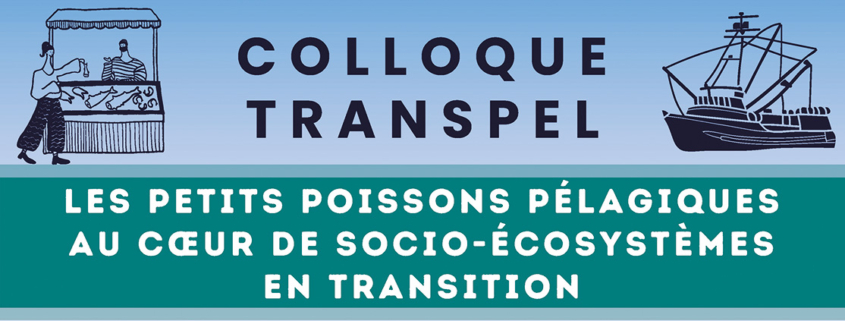 https://www-iuem.univ-brest.fr/wp-content/uploads/2025/03/Transpel-main.jpg
423
1210
Sebastien Herve
https://www-iuem.univ-brest.fr/wp-content/uploads/2018/06/iuem-logo-header.png
Sebastien Herve2025-03-24 12:23:072025-03-24 12:23:07TRANSPEL : Colloque interdisciplinaire sur les petits pélagiques
https://www-iuem.univ-brest.fr/wp-content/uploads/2025/03/Transpel-main.jpg
423
1210
Sebastien Herve
https://www-iuem.univ-brest.fr/wp-content/uploads/2018/06/iuem-logo-header.png
Sebastien Herve2025-03-24 12:23:072025-03-24 12:23:07TRANSPEL : Colloque interdisciplinaire sur les petits pélagiques https://www-iuem.univ-brest.fr/wp-content/uploads/2025/03/Troisieme-nature-main.jpg
423
1210
Sebastien Herve
https://www-iuem.univ-brest.fr/wp-content/uploads/2018/06/iuem-logo-header.png
Sebastien Herve2025-03-14 16:37:482025-03-14 16:37:48Exposition Troisième nature aux Champs-Libres, à Rennes
https://www-iuem.univ-brest.fr/wp-content/uploads/2025/03/Troisieme-nature-main.jpg
423
1210
Sebastien Herve
https://www-iuem.univ-brest.fr/wp-content/uploads/2018/06/iuem-logo-header.png
Sebastien Herve2025-03-14 16:37:482025-03-14 16:37:48Exposition Troisième nature aux Champs-Libres, à Rennes https://www-iuem.univ-brest.fr/wp-content/uploads/2025/03/SUFS-2025-main.jpg
423
1210
Sebastien Herve
https://www-iuem.univ-brest.fr/wp-content/uploads/2018/06/iuem-logo-header.png
Sebastien Herve2025-03-06 14:11:232025-03-10 10:21:50Stand Up for Science !
https://www-iuem.univ-brest.fr/wp-content/uploads/2025/03/SUFS-2025-main.jpg
423
1210
Sebastien Herve
https://www-iuem.univ-brest.fr/wp-content/uploads/2018/06/iuem-logo-header.png
Sebastien Herve2025-03-06 14:11:232025-03-10 10:21:50Stand Up for Science ! https://www-iuem.univ-brest.fr/wp-content/uploads/2025/03/amure-ban-prix-seignelay-2024-1200.jpg
600
1200
Severine Julien
https://www-iuem.univ-brest.fr/wp-content/uploads/2018/06/iuem-logo-header.png
Severine Julien2025-03-04 19:32:562025-03-06 11:23:45Prix Seignelay 2024
https://www-iuem.univ-brest.fr/wp-content/uploads/2025/03/amure-ban-prix-seignelay-2024-1200.jpg
600
1200
Severine Julien
https://www-iuem.univ-brest.fr/wp-content/uploads/2018/06/iuem-logo-header.png
Severine Julien2025-03-04 19:32:562025-03-06 11:23:45Prix Seignelay 2024
« Volcans : les sociétés face aux éruptions » | Gilles CHAZOT invité de La Terre au Carré
actualité-a-la-une, actualités https://www-iuem.univ-brest.fr/wp-content/uploads/2025/02/CROCO_Centramerica_SST_snap_jan17.png
712
784
Benoit Soyer
https://www-iuem.univ-brest.fr/wp-content/uploads/2018/06/iuem-logo-header.png
Benoit Soyer2025-02-26 17:22:162025-02-26 17:33:35Projet FEF Océan – 1er atelier au Costa Rica
https://www-iuem.univ-brest.fr/wp-content/uploads/2025/02/CROCO_Centramerica_SST_snap_jan17.png
712
784
Benoit Soyer
https://www-iuem.univ-brest.fr/wp-content/uploads/2018/06/iuem-logo-header.png
Benoit Soyer2025-02-26 17:22:162025-02-26 17:33:35Projet FEF Océan – 1er atelier au Costa Rica https://www-iuem.univ-brest.fr/wp-content/uploads/2025/02/pexels-christopher-politano-978995-30145743-1.jpg
453
1210
Benoit Soyer
https://www-iuem.univ-brest.fr/wp-content/uploads/2018/06/iuem-logo-header.png
Benoit Soyer2025-02-26 08:35:592025-02-26 17:18:48Lancement d’un Club Jeunes IRD sur l’Océan à Brest
https://www-iuem.univ-brest.fr/wp-content/uploads/2025/02/pexels-christopher-politano-978995-30145743-1.jpg
453
1210
Benoit Soyer
https://www-iuem.univ-brest.fr/wp-content/uploads/2018/06/iuem-logo-header.png
Benoit Soyer2025-02-26 08:35:592025-02-26 17:18:48Lancement d’un Club Jeunes IRD sur l’Océan à Brest ©Benoit_Soyer
©Benoit_SoyerAMOC, le climat à contre-courant – Pascale Lherminier, UMR LOPS, sur France Culture
actualité-a-la-une, actualités
Retour sur la journée annuelle de la Zone Atelier Brest-Iroise : entre science et territoire
actualité-a-la-une, actualités https://www-iuem.univ-brest.fr/wp-content/uploads/2025/01/LL-Ponant-2025-main.jpg
423
1210
Sebastien Herve
https://www-iuem.univ-brest.fr/wp-content/uploads/2018/06/iuem-logo-header.png
Sebastien Herve2025-01-27 13:39:402025-02-05 08:14:56Comité de pilotage du Living Lab Ponant
https://www-iuem.univ-brest.fr/wp-content/uploads/2025/01/LL-Ponant-2025-main.jpg
423
1210
Sebastien Herve
https://www-iuem.univ-brest.fr/wp-content/uploads/2018/06/iuem-logo-header.png
Sebastien Herve2025-01-27 13:39:402025-02-05 08:14:56Comité de pilotage du Living Lab Ponant
Edition 2025 de la formation Comprendre les enjeux environnementaux de l’économie maritime
actualité-a-la-une, actualités https://www-iuem.univ-brest.fr/wp-content/uploads/2024/11/Leaving-X-2-1.jpg
423
1210
Sebastien Herve
https://www-iuem.univ-brest.fr/wp-content/uploads/2018/06/iuem-logo-header.png
Sebastien Herve2024-11-22 09:36:012024-11-22 09:42:05L’IUEM quitte le réseau social X
https://www-iuem.univ-brest.fr/wp-content/uploads/2024/11/Leaving-X-2-1.jpg
423
1210
Sebastien Herve
https://www-iuem.univ-brest.fr/wp-content/uploads/2018/06/iuem-logo-header.png
Sebastien Herve2024-11-22 09:36:012024-11-22 09:42:05L’IUEM quitte le réseau social X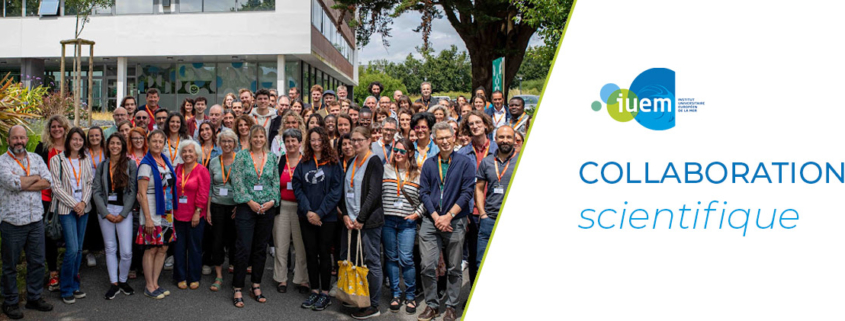 https://www-iuem.univ-brest.fr/wp-content/uploads/2025/03/gdr-biofouling-main.jpg
421
1210
Laure De Montbron
https://www-iuem.univ-brest.fr/wp-content/uploads/2018/06/iuem-logo-header.png
Laure De Montbron2025-03-24 17:25:352025-03-24 17:25:35Création Groupe de Recherche Biofouling et Environnement
https://www-iuem.univ-brest.fr/wp-content/uploads/2025/03/gdr-biofouling-main.jpg
421
1210
Laure De Montbron
https://www-iuem.univ-brest.fr/wp-content/uploads/2018/06/iuem-logo-header.png
Laure De Montbron2025-03-24 17:25:352025-03-24 17:25:35Création Groupe de Recherche Biofouling et Environnement https://www-iuem.univ-brest.fr/wp-content/uploads/2025/03/Transpel-main.jpg
423
1210
Sebastien Herve
https://www-iuem.univ-brest.fr/wp-content/uploads/2018/06/iuem-logo-header.png
Sebastien Herve2025-03-24 12:23:072025-03-24 12:23:07TRANSPEL : Colloque interdisciplinaire sur les petits pélagiques
https://www-iuem.univ-brest.fr/wp-content/uploads/2025/03/Transpel-main.jpg
423
1210
Sebastien Herve
https://www-iuem.univ-brest.fr/wp-content/uploads/2018/06/iuem-logo-header.png
Sebastien Herve2025-03-24 12:23:072025-03-24 12:23:07TRANSPEL : Colloque interdisciplinaire sur les petits pélagiques https://www-iuem.univ-brest.fr/wp-content/uploads/2025/03/Troisieme-nature-main.jpg
423
1210
Sebastien Herve
https://www-iuem.univ-brest.fr/wp-content/uploads/2018/06/iuem-logo-header.png
Sebastien Herve2025-03-14 16:37:482025-03-14 16:37:48Exposition Troisième nature aux Champs-Libres, à Rennes
https://www-iuem.univ-brest.fr/wp-content/uploads/2025/03/Troisieme-nature-main.jpg
423
1210
Sebastien Herve
https://www-iuem.univ-brest.fr/wp-content/uploads/2018/06/iuem-logo-header.png
Sebastien Herve2025-03-14 16:37:482025-03-14 16:37:48Exposition Troisième nature aux Champs-Libres, à Rennes https://www-iuem.univ-brest.fr/wp-content/uploads/2025/03/SUFS-2025-main.jpg
423
1210
Sebastien Herve
https://www-iuem.univ-brest.fr/wp-content/uploads/2018/06/iuem-logo-header.png
Sebastien Herve2025-03-06 14:11:232025-03-10 10:21:50Stand Up for Science !
https://www-iuem.univ-brest.fr/wp-content/uploads/2025/03/SUFS-2025-main.jpg
423
1210
Sebastien Herve
https://www-iuem.univ-brest.fr/wp-content/uploads/2018/06/iuem-logo-header.png
Sebastien Herve2025-03-06 14:11:232025-03-10 10:21:50Stand Up for Science ! https://www-iuem.univ-brest.fr/wp-content/uploads/2025/03/amure-ban-prix-seignelay-2024-1200.jpg
600
1200
Severine Julien
https://www-iuem.univ-brest.fr/wp-content/uploads/2018/06/iuem-logo-header.png
Severine Julien2025-03-04 19:32:562025-03-06 11:23:45Prix Seignelay 2024
https://www-iuem.univ-brest.fr/wp-content/uploads/2025/03/amure-ban-prix-seignelay-2024-1200.jpg
600
1200
Severine Julien
https://www-iuem.univ-brest.fr/wp-content/uploads/2018/06/iuem-logo-header.png
Severine Julien2025-03-04 19:32:562025-03-06 11:23:45Prix Seignelay 2024 https://www-iuem.univ-brest.fr/wp-content/uploads/2025/03/amure-news-ban-web-1210.jpg
605
1210
Severine Julien
https://www-iuem.univ-brest.fr/wp-content/uploads/2018/06/iuem-logo-header.png
Severine Julien2025-03-04 18:16:492025-03-21 08:35:03Séminaire annuel du master DEAM
https://www-iuem.univ-brest.fr/wp-content/uploads/2025/03/amure-news-ban-web-1210.jpg
605
1210
Severine Julien
https://www-iuem.univ-brest.fr/wp-content/uploads/2018/06/iuem-logo-header.png
Severine Julien2025-03-04 18:16:492025-03-21 08:35:03Séminaire annuel du master DEAM